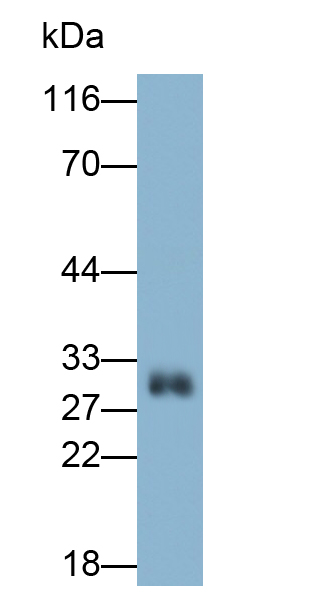Polyclonal Antibody to Lectin Like Oxidized Low Density Lipoprotein Receptor 1 (LOX1)
OLR1; CLEC8A; SCARE1; Oxidized low-density lipoprotein receptor 1; C-type lectin domain family 8 member A; Lectin-like oxidized LDL receptor 1; Lectin-type oxidized LDL receptor 1
- Product No.PAB859Hu01
- Organism SpeciesHomo sapiens (Human) Same name, Different species.
- SourcePolyclonal antibody preparation
- HostRabbit
- Potencyn/a
- Ig Type IgG
- PurificationAntigen-specific affinity chromatography followed by Protein A affinity chromatography
- LabelNone
- Immunogen RPB859Hu01-Recombinant Lectin Like Oxidized Low Density Lipoprotein Receptor 1 (LOX1)
- Buffer Formulation0.01M PBS, pH7.4, containing 0.05% Proclin-300, 50% glycerol.
- TraitsLiquid
- Concentration0.5mg/mL
- Organism Species Moren/a
- ApplicationsWB; IHC; ICC/IF
If the antibody is used in flow cytometry, please check FCM antibodies. - DownloadInstruction Manual
- UOM 20µl100µl 200µl 1ml 10ml
- FOB
US$ 100
US$ 232
US$ 332
US$ 830
US$ 3320
For more details, please contact local distributors!
SPECIFITY
The antibody is a rabbit polyclonal antibody raised against LOX1. It has been selected for its ability to recognize LOX1 in immunohistochemical staining and western blotting.
USAGE
Western blotting: 0.01-3µg/mL;
Immunohistochemistry: 5-20µg/mL;
Immunocytochemistry: 5-20µg/mL;
Optimal working dilutions must be determined by end user.
STORAGE
Store at 4°C for frequent use. Stored at -20°C in a manual defrost freezer for two year without detectable loss of activity. Avoid repeated freeze-thaw cycles.
STABILITY
The thermal stability is described by the loss rate. The loss rate was determined by accelerated thermal degradation test, that is, incubate the protein at 37°C for 48h, and no obvious degradation and precipitation were observed. The loss rate is less than 5% within the expiration date under appropriate storage condition.
GIVEAWAYS
INCREMENT SERVICES
-
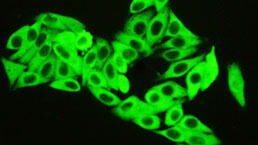 Antibody Labeling Customized Service
Antibody Labeling Customized Service
-
 Protein A/G Purification Column
Protein A/G Purification Column
-
 Staining Solution for Cells and Tissue
Staining Solution for Cells and Tissue
-
 Positive Control for Antibody
Positive Control for Antibody
-
 Tissue/Sections Customized Service
Tissue/Sections Customized Service
-
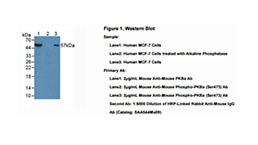 Phosphorylated Antibody Customized Service
Phosphorylated Antibody Customized Service
-
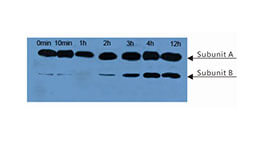 Western Blot (WB) Experiment Service
Western Blot (WB) Experiment Service
-
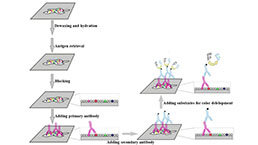 Immunohistochemistry (IHC) Experiment Service
Immunohistochemistry (IHC) Experiment Service
-
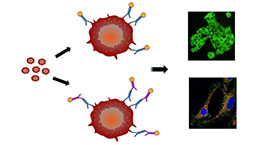 Immunocytochemistry (ICC) Experiment Service
Immunocytochemistry (ICC) Experiment Service
-
 Flow Cytometry (FCM) Experiment Service
Flow Cytometry (FCM) Experiment Service
-
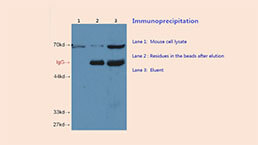 Immunoprecipitation (IP) Experiment Service
Immunoprecipitation (IP) Experiment Service
-
 Immunofluorescence (IF) Experiment Service
Immunofluorescence (IF) Experiment Service
-
 Buffer
Buffer
-
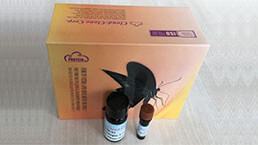 DAB Chromogen Kit
DAB Chromogen Kit
-
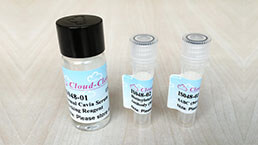 SABC Kit
SABC Kit
-
 Long-arm Biotin Labeling Kit
Long-arm Biotin Labeling Kit
-
 Real Time PCR Experimental Service
Real Time PCR Experimental Service
| Magazine | Citations |
| Clinical Cardiology | Circulating Soluble Lectin-Like Oxidized Low-Density Lipoprotein Receptor-1 Levels Are Associated With Angiographic Coronary Lesion Complexity in Patients With Coronary Artery Diseas PubMed: 21400544 |
| Coronary Artery Disease | Postprocedural serum sLOX-1 levels are associated with coronary in-stent restenosis in patients with stable coronary artery disease LWW: 06000 |
| Clinical Biochemistry | Soluble lectin-like oxidized low-density lipoprotein receptor-1 levels in synovial fluid are correlated with disease severity of knee osteoarthritis ScienceDirect: S0009912011004905 |
| Mediators of Inflammation | Pregnancy Followed by Delivery May Affect Circulating Soluble Lectin-Like Oxidized Low-Density Lipoprotein Receptor-1 Levels in Women of Reproductive Age PubMed: 22619487 |
| Dicle Medical Journal | Lectin-like oxidized low density lipoprotein receptor 1(LOX-1) levels and endothelial dysfunction in patients with primary essential hyperhidrosis/Primer esansiyel hiperhidroz hastalarinda lektin benzeri okside düsük dansiteli lipoprotein reseptor 1(LOX-1) düzeyleri ve endotel disfonksiyonu Readperiodicals: Source |
| Journal of Clinical Laboratory Analysis | Soluble Lectin-Like Oxidized LDL Receptor 1 as a Possible Mediator of Endothelial Dysfunction in Patients With Metabolic Syndrome Pubmed:24798146 |
| Journal of Human Hypertension | Endothelial damage in white coat hypertension: role of lectin-like oxidized low-density lipoprotein-1 Pubmed:25007999 |
| Gynecologic and Obstetric Investigation | Inhibition of Lectin-Like Oxidized Low-Density Lipoprotein Receptor 1 Protects against Plasma/Hypoxia-Mediated Trophoblast Dysfunction Associated with Preeclampsia Pubmed:25633310 |
| World J Gastroenterol | Increased serum soluble lectin-like oxidized low-density lipoprotein receptor-1 levels in patients with biopsy-proven nonalcoholic fatty liver disease PubMed: 26185381 |
| Genetic Testing and Molecular Biomarkers | Serum sLOX-1 Levels Are Correlated with the Presence and Severity of Obstructive Sleep Apnea PubMed: 25825846 |
| Neurotoxicology. | 27-Hydroxycholesterol regulates cholesterol synthesis and transport in C6 glioma cells. pubmed:28167099 |
| Journal of the American Heart Association | Increased Levels of Lectin‐Like Oxidized Low‐Density Lipoprotein Receptor‐1 in Ischemic Stroke and Transient Ischemic Attack Pubmed:29330254 |
| Higher serum lectin-like oxidized low-density lipoprotein receptor-1 in patients with stable coronary artery disease is associated with major adverse … | |
| Disease Markers | Baseline Serum sLOX-1 Concentrations Are Associated with 2-Year Major Adverse Cardiovascular and Cerebrovascular Events in Patients after Percutaneous … Pubmed: 31772687 |
| Reproductive Biology | Polycystic ovary syndrome and endothelial dysfunction: A potential role for soluble lectin-like oxidized low density lipoprotein receptor-1 Pubmed: 32409108 |
| Int J Cancer | The oxidized‐LDL/LOX‐1 axis in tumor endothelial cells enhances metastasis by recruiting neutrophils and cancer cells Pubmed:35608341 |






